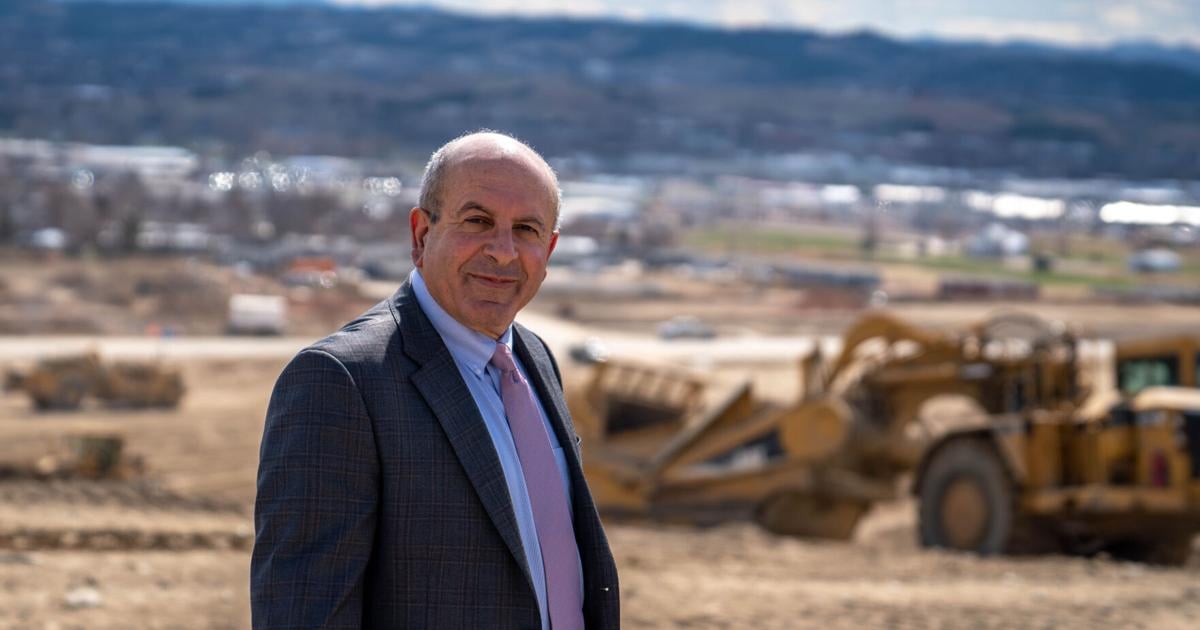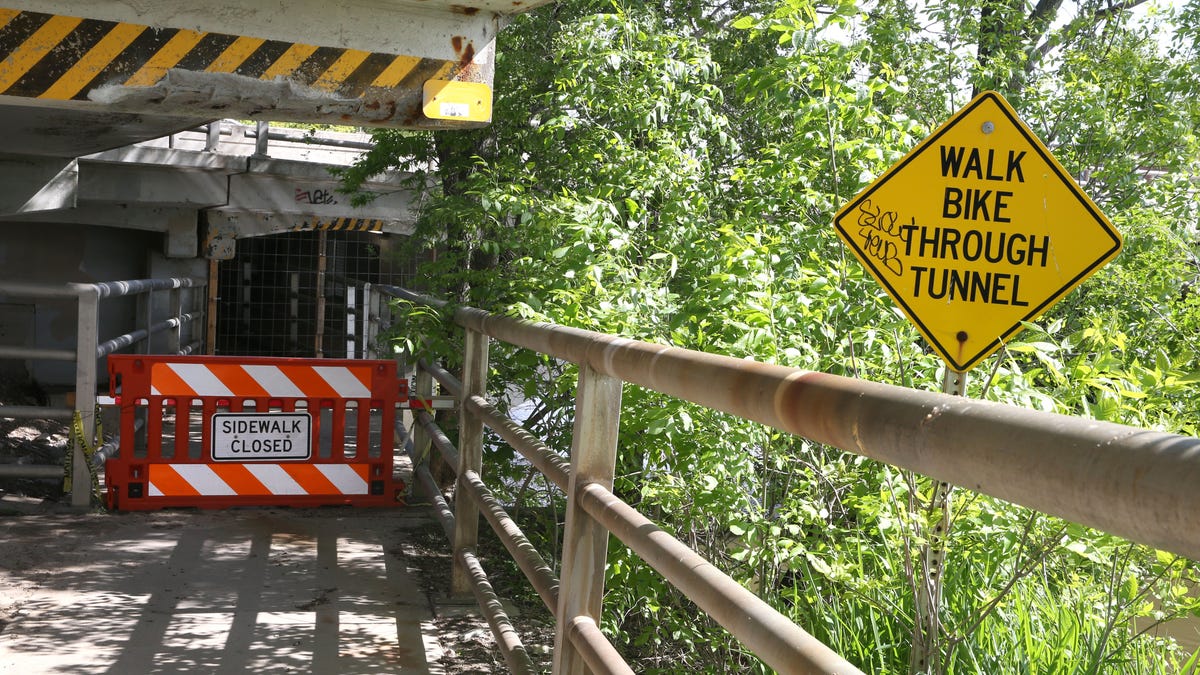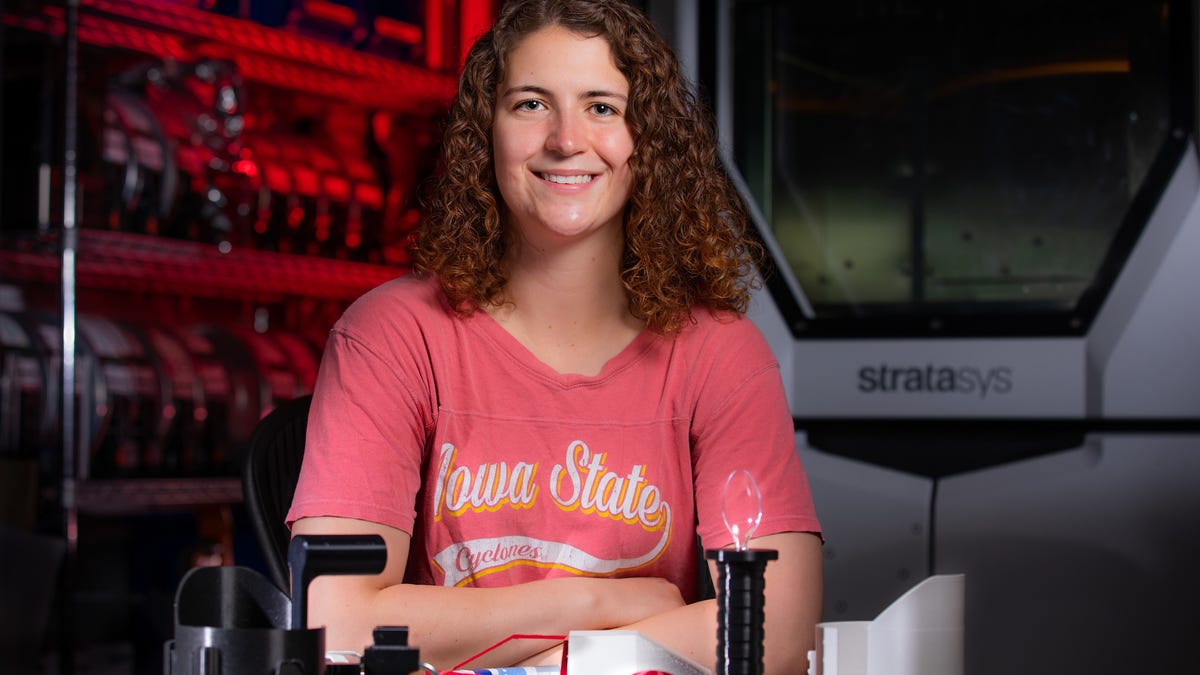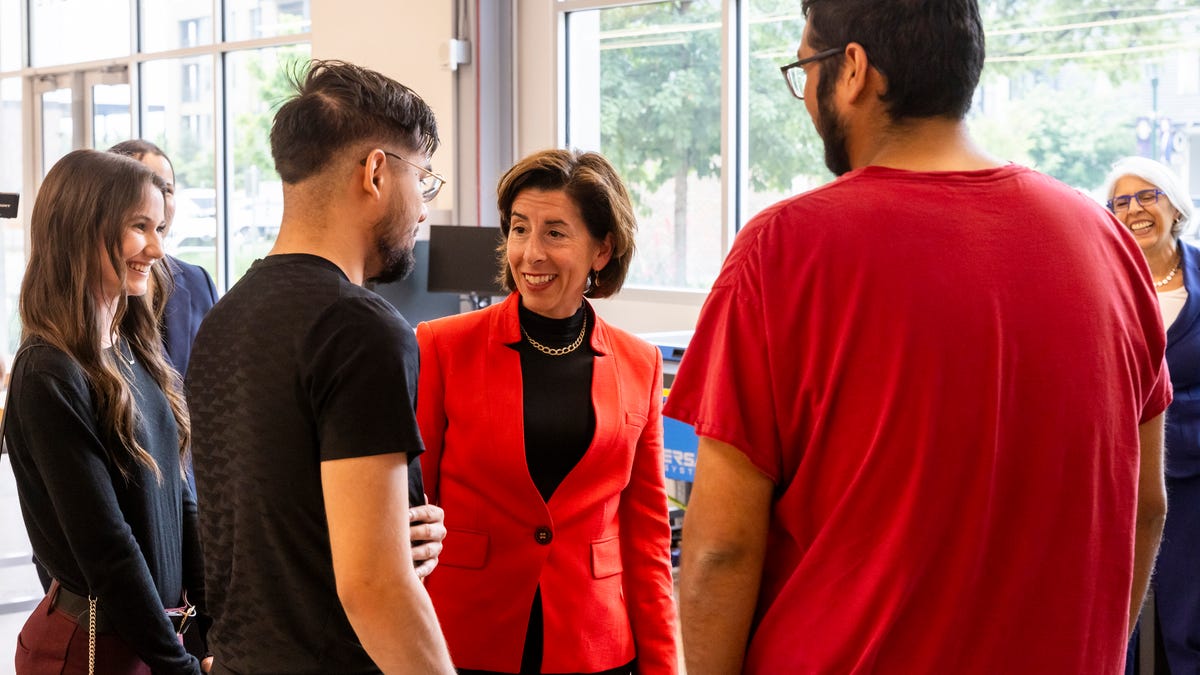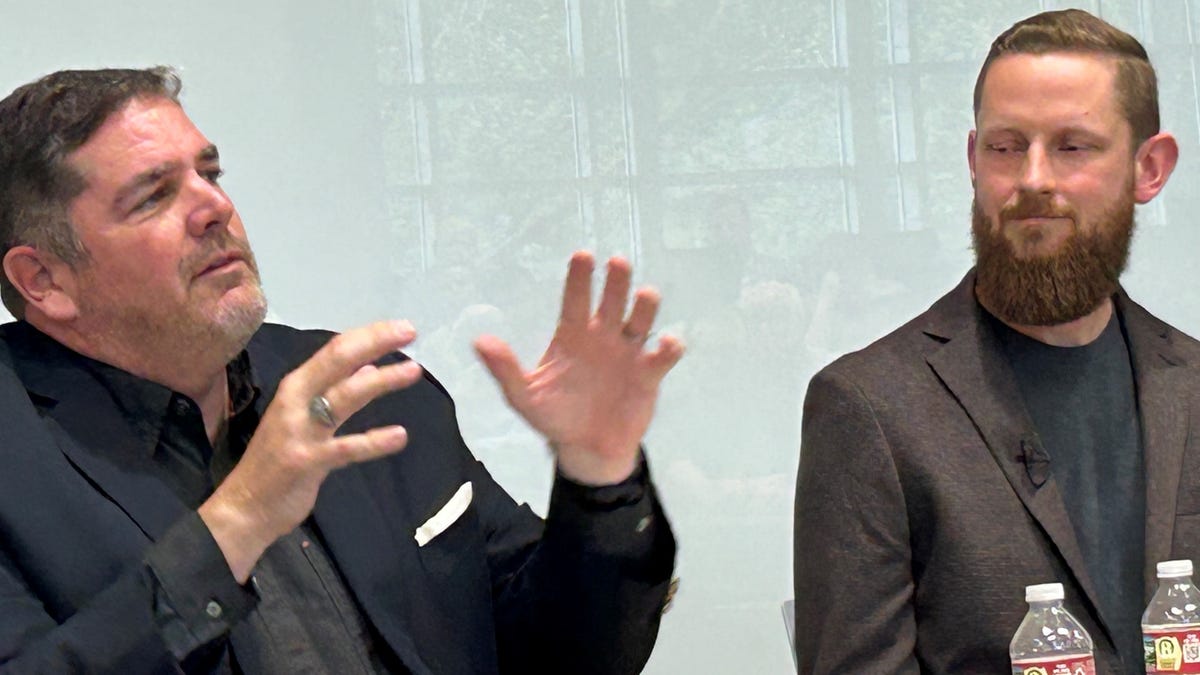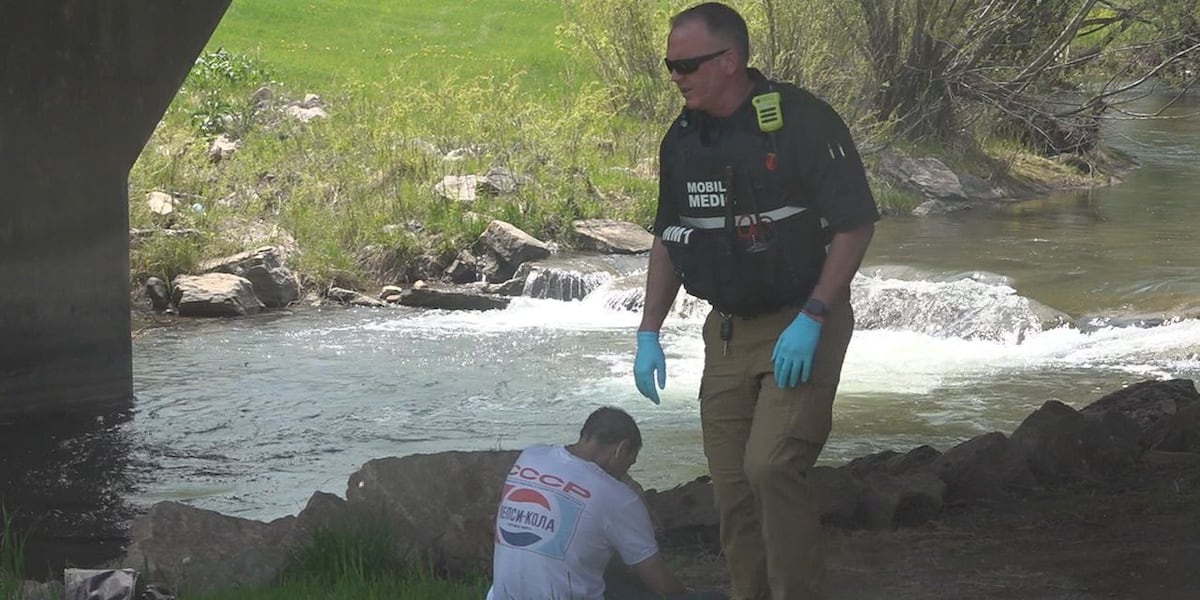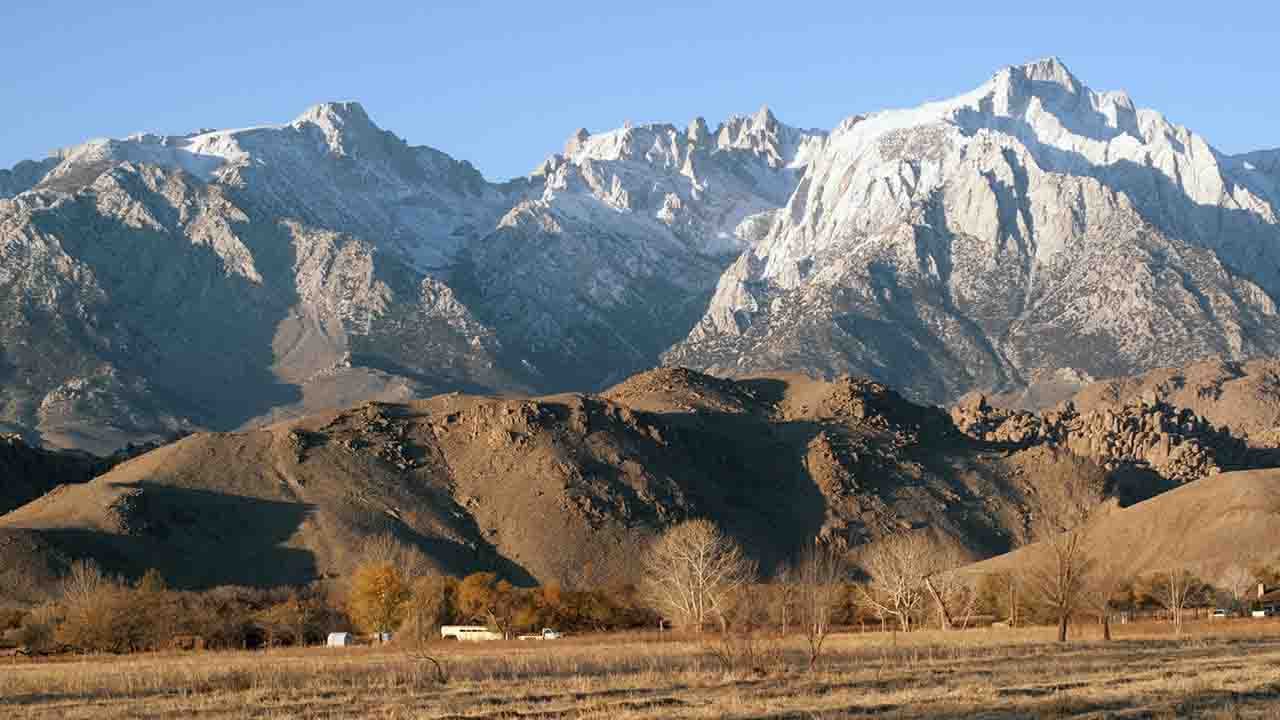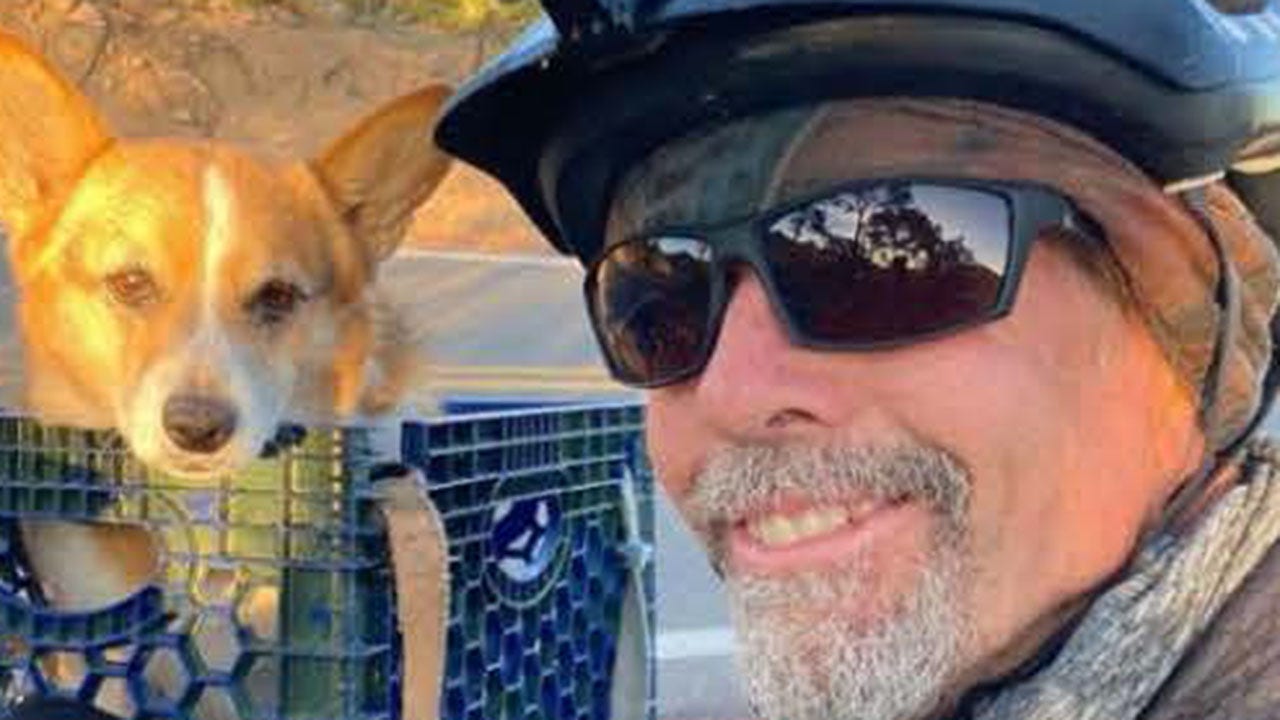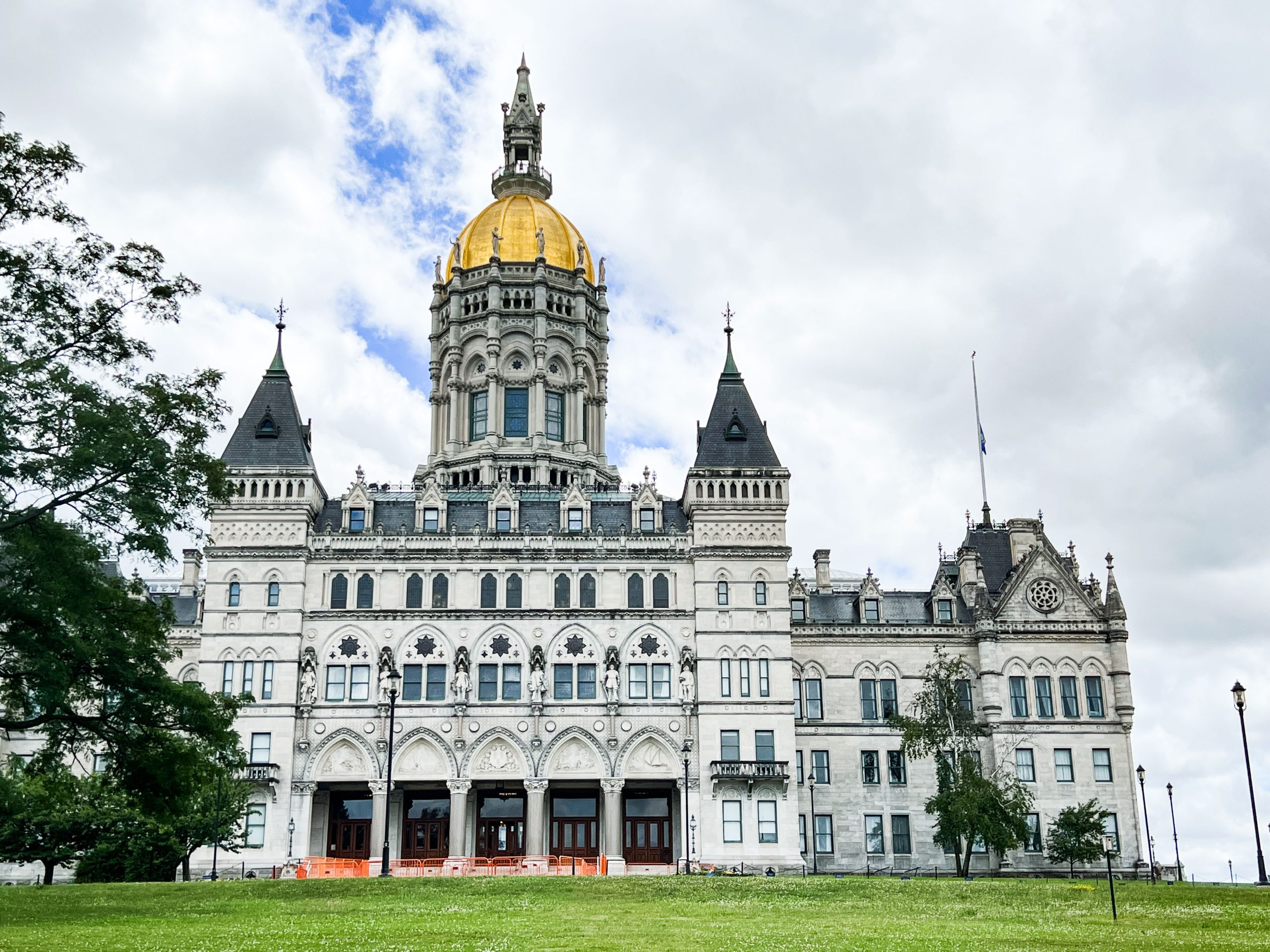Outside the classic yellow cab, recurrent car horns sounded the frustration of drivers on a crowded Chicago street. Inside, a woman screamed and clutched her husband, afraid for his life. The man was suffering from a heart attack. With traffic at a standstill, Hani Shafai had no choice but to turn on his flashers and speed down the shoulder of the packed street.
Arriving at the hospital, Shafai ushered the couple to the emergency room doors where medical personnel took over. He accompanied the sobbing woman in the waiting room until doctors delivered the news: the man’s condition was stable and he would survive.
That was the early eighties when Shafai was attending the South Dakota School of Mines and Technology in Rapid City. At the time, he studied civil engineering and worked as a cab driver and other jobs in Chicago during breaks. The list included dishwasher, busboy, waiter, and grocery store stock boy. Much of the money he saved would go toward the expenses of filing paperwork to earn his citizenship. He even had to leave the country until the proper documents were filed.
People are also reading…
Hani Shafai poses for a portrait at the site of one of Dream Design’s current developments on the eastern side of Rapid City.
Today, Shafai is a prominent developer in Rapid City and the surrounding area. His company, Dream Design International, is behind some of the most ambitious and recognizable infrastructure projects in the area. There’s the desirable Red Rock Subdivision Golf Course Community; the 125-acre Rushmore Crossing commercial development; South Dakota One-Stop Facility, a 100,000-square-foot building housing seven state agencies; Omaha Plaza; the Cabela’s store and many more.
The company’s current projects include Dakota Market Square, a complete transformation of the 1960s strip mall; Liberty Plaza, which will establish a new downtown for Box Elder, Veteran Affairs Outpatient Clinic that would offer physical and mental health therapy, audiology, pharmacy services and women’s healthcare to more than 7,000 veterans; and the sprawling 700-acre Black Hills Industrial Center which may become a regional hub for technology manufacturing and shipping.
His development projects and philanthropy work recently earned him a spot in the South Dakota Hall of Fame’s class of 2023. According to the organization’s website, “Through an understanding of human connections, innovative design, and a commitment to improving the community, Shafai has created a process that puts humanity first. He is working to fight homelessness in the Black Hills area by helping establish the OneHeart Transformation Campus and expanding services at the Cornerstone Rescue Mission. His efforts also include many community healthcare and education projects.”
Shafai and Dream Design have improved the landscape of Rapid City since the company’s founding in 1998. At the time, the engineering firm consisted of one room, one desk and two employees – Shafai as president and engineer and Renee Catron as draftsperson, bookkeeper or whatever else she needed to be.
The two originally met during their time working for the city. Nearly three decades later, they still work together.
“It’s been a ride with Hani,” she told the Journal recently. “He was a bit more wild back then and it has been fun keeping up with him. But one thing I learned about him over the many years, is he never forgets where he’s from.”

Hani Shafai inspects fruit plants in the garden at his home near Rapid City.
Humble beginnings
It is a cool crisp Middle East morning in May, birds chirped and bees explored the family’s many flowers and fruit trees in full bloom. Grandparents, 11 sisters and brothers and countless scurrying grandchildren gather around the patio table. Breakfast, laughs and smiles are being shared by Shafai and his family as rockets from Palestine are being intercepted by Israel’s Iron Dome only a few miles away.
The fighting started on May 9 when Israel launched targeted airstrikes in densely populated areas of the Gaza Strip, killing three senior commanders of the Islamic Jihad militant group — the second-largest militant group in Gaza after the territory’s Hamas rulers — in their homes, according to the Associated Press.
The strike also killed at least 10 civilians, some of which were wives and children of the commanders and others were civilians that happened to live nearby, according to the Palestinian Center for Human Rights in Gaza.
In the following three days, Islamic Jihad retaliated with over 900 rockets and Israel reportedly intercepted at least 215 targets in Gaza. During this time, fighting killed at least 33 Palestinians in the strip, including women and children and left hundreds injured or homeless, the Associated Press reported.

Exhaust plumes from rocket fire between Palestinian and Israeli armies overhead the Shafai family farm last month.
It is fair to say infrastructure is a vital component to life in the region. From rebuilding destroyed and damaged buildings, to replacing them with stronger ones capable of withstanding rocket fire, engineering becomes a constant focus. It was in this environment a young Shafai himself began to consider civil engineering.
He would go on to study at a prestigious school just north of Jerusalem in Palestinian-occupied West Bank, called Birzeit University. It was a rigorous public school mostly comprised of Palestinian students. He spent two years there until political strife caused the Israeli government to shut down Palestinian institutions.
Limited already before the closure, many other Palestinian schools were also closed. If it weren’t for a Hill City man, Shafai might have been out of options. During their time together at the university, Jack Anderson and Shafai developed a lasting friendship. When the university closed, Anderson knew he had to help the 19-year-old continue his education.
Aiding in the painstaking paperwork process and even buying his plane ticket to America, Anderson was determined to give Shafai a chance.
After a short stint in Canada where he stayed while his citizenship paperwork was ironed out between U.S. and Israeli authorities, Shafai then studied at Mines.
He earned his bachelor’s and doctorate in civil engineering. Then he worked a short stint in California before returning to Mines to teach, upon the request of Anderson. From 1988-1991 he taught civil engineering classes before taking a role with Rapid City as an engineer, where he worked for seven years. There he learned the inner workings of land development and how to best get projects completed. He used this knowledge when he founded Dream Design.
Originally an engineering firm, Dream Design International is now strictly a land development company. Its subsidiary company, KTM Design Solutions, which was also founded by Shafai, is taking on the design and engineering tasks.

Hani Shafai points while describing the work crews are undertaking at a development his company Dream Design is building on the eastern side of Rapid City.
A sense of community
It was a typical dinner at the Shafai house. The family was joined by Robert Mudge and his wife Debbie. The group was enjoying a story Mudge was telling when his speech began to slur. Quickly it regressed to incoherent mumbles. When he could no longer speak and could no longer move the right side of his body, Mudge knew something was terribly wrong — he was having a stroke.
He was rushed to Mayo Clinic, his condition stabilized and today — six years later — he’s almost fully recovered. Since that troubling night, he and Shafai have become close friends and often meet for breakfast to offer advice about projects they’re working on. But Mudge admits it is a bit lopsided. Because of Shafai’s experience working for the city and at Dream Design, he has a full understanding of what it takes to make massive dream projects a reality.
“He helps me a lot more than I help him. Beyond anybody I’ve ever met, he has a feel for what needs to happen next to get projects done,” Mudge said. “Believe me, I have no idea how he gets his projects done. Every year something comes out that amazes me.”
Founder of RPM & Associates, a Rapid City engineering firm focused on manufacturing solutions to the power and mining industry, Mudge said oftentimes, their conversations go far beyond business matters. Because of the medical emergency he suffered in Shafai’s presence, Mudge said the shared experience bonded them to a different degree.
“From that point we became better friends and could talk to each other about matters of life and death, because I tried to die in his house,” Mudge said.
As Mudge grew closer to Shafai, he discovered different philanthropic efforts he had been a part of that were unknown to the public. Though he understood the efforts were not for notoriety, it was important to Mudge that Shafai be recognized for the work he has done to better South Dakota. So, Mudge led the process of nominating Shafai to the Hall of Fame.
“I told him, ‘What you’re doing to change the face of Rapid City and Custer and Spearfish and Sturgis, you need to be in the [South Dakota] Hall of Fame,” said Mudge, a Hall of Famer himself, class of 2015. He thinks there is no one more deserving. “Sometimes the nominees are political or maybe get in because they know a friend of somebody. But when you look at who’s changed the face of Rapid City the most, with all the development projects he’s had and all the boards he’s served on, it’s Hani.”
According to Shafai, his philanthropy focuses on three areas of giving: education, healthcare and housing. He has served on boards for organizations in all of these areas including the Monument Health Foundation Board, Children’s Home Society, Elevate Rapid City, South Dakota School of Mines Foundation Board, and Rapid City Drinking Water Task Force.
But Shafai has gone a step further than serving on the boards, and has quite literally built opportunities for residents.
Shafai’s companies are improving healthcare services in Rapid with the current VA Clinic project and the previous Great Plains Tribal Leaders’ Health Board project. Completed in 2018, the building houses the organization dedicated to improving the lives of tribal citizens through public health education, direct care, and epidemiological support.
Shafai was integral to the growth of Rural Area Initiatives (RAI), a Rapid City non-profit social services agency serving low-income Native American families. The organization completes a needs assessment for each family to better serve parents and children prenatal through age 5.
Constructed in 2019, the RAI building sits on land donated by Dream Design as part of its Johnson Ranch project. The 52-acre development features 70 affordable homes, apartment buildings, and essential services.
Other affordable housing projects include Diamond Ridge subdivision, Shepherd Hills subdivision, Sky Ridge subdivision, and One Heart transitional housing. In addition to 98 affordable apartments, the One Heart building features a variety of services including addiction and mental health counseling, life skills and job training, which are aimed at helping move individuals without homes into permanent housing.
Shafai attributes much of his giving spirit to his modest upbringing, the example his parents set before him, and Islam — a religion dedicated to giving, Shafai said.
“You’re not gonna take anything with you when you die. Your legacy is all that you leave behind,” Shafai said. “A legacy is not how much money you accumulated, it’s how many lives you touched.”

Brothers Ashraf Shafai (left) and Hani Shafai (middle) observe tomatoes with their father Ahmad Shafai (right) at their family farm in Gaza.
Faith and charity
Potatoes, onions, strawberries, goats and chickens occupy the Shafai family farm in Palestine, but so do rocket fragments and homeless refugees. Only a few miles from the northern border with Israel in Beit Lahia, the Shafai family farm is dangerously close to rocket intercepts and indirect fire.
But the location of the farm also attracts Palestinians fleeing Israeli-occupied territory and those trying to avoid the city centers where much of the fighting occurs. The welcoming of homeless refugees was a part of life on the farm, according to Shafai.
Practicing Islam, the Shafai family believed it was their duty to help however they could.
It is from this upbringing Shafai gets his unflinching generosity. Though Islam is the largest and fastest growing religion globally, Muslim Rapid City residents are few. In fact, the largest population of Muslims in the area are students of South Dakota Mines. In accordance with Islamic traditions, Shafai believes it is paramount to bring them together.
During Ramadan — the Islamic holiday celebrating the ninth month of the year — Shafai welcomes 50 to 60 guests to his family’s home every Saturday for a meal. During Ramadan, Muslims fast during the day, and only eat when the sun has gone down.
Shafai has been doing the dinner for about a decade, all of which his friend Nuri Uzunlar has attended. Uzunlar said it’s an immensely important event for Rapid City’s Muslim community.

Hani Shafai’s father, Ahmad Shafai, smiles after the family-shared breakfast outside the Shafai home. During the meal, rocket fire between Palestinian and Israeli armies could be seen and heard, according to Shafai.
“It’s a special time for the Muslim world because life is so hectic, some friends don’t get to see each other except at these kind of occasions, when we get together and visit,” he said. Because anyone in attendance can bring whoever they want, even if they are not Muslim, Uzunlar said the celebration is true to Ramadan traditions in Islamic countries.
“Oftentimes in Muslim towns there are big tents and someone hires a catering company and people cook and bring food for as many people come through the tent. It is very common to offer meals for people passing by, people you know, homeless people or whatever.”
The three-to-four hour event used to be held every month before COVID, Uzunlar said. Shafai likes to have people over for dinner because he has refined cooking abilities from his time as a chef in Chicago, and most recently at his restaurant in Rapid City called Mediterranean Island which Shafai closed years ago.
“He loves having people in his house and he loves cooking very elaborately with lamb chops, hummus, kebabs, lot of things,” Uzunlar said.
The dinners attract people from all over and give Shafai a special opportunity to listen to individuals with different points of view.
“It’s nice to meet a blend of people and culture and listen to them talk and interact,” Shafai said.
Uzunlar and Shafai have known each other since 1985 when they attended Mines together. Their friendship has since evolved into a brotherhood, Uzunlar said. They share a meal at least once a week, oftentimes discussing current issues in Palestine and Turkey. Uzunlar said he has never met someone like Shafai.
“He’s the most human person I’ve ever met,” Shafai’s uniqueness is in his giving spirit, Uzunlar said. “Without discriminating — he will give to anyone in need. More than anyone I’ve known.”
It is no secret that Shafai has made a lasting impact on countless lives in Rapid City, but Shafai’s generous nature goes beyond the public eye. One example was the impact he had on Troy Schwandt.
During his 13-year career at Dream Design, Schwandt struggled with a persistent alcohol addiction that first got him into legal trouble over two years ago after which he completed a month-long, in-patient treatment program.
Not long after his treatment he found himself in conflict with the law again. After such a quick turnaround, Schwandt believed he would go to prison. Having worked for Shafai for over a decade, he felt he could tell him anything. He went straight to his boss’ office.
“I told him ‘I think I’m going to prison. I got a DUI.’ He stopped what he was doing, and I told him the whole story,” Schwandt said Shafai put him in contact with a lawyer that kept him from ever seeing the inside of a cell. Instead, he participated in an eight-week outpatient program that gave him another chance. Now 15 months sober, Schwandt remained employed at Dream Design throughout his turbulent last few years.
From supporting him through his hardships to giving him the opportunity to participate in his children’s lives, Schwandt feels lucky to work for Shafai, he said.
“I got to go to all of [my children’s] school or sports events. I never had to miss any of that stuff,” Schwandt said. With the added time with his kids, keeping him out of prison and helping him when he needed it most, he owes Shafai a great deal, he said. “I’ve never felt like I owe somebody so much. I feel like I need to just keep doing what I’m doing because, I’ll just never be able to repay him what I owe.”
Schwandt said the impact of a boss that supports their employees’ lives is massive. Today, Shafai fully trusts that he is sober and calls him at any time of day, to perform maintenance duties at all of Dream Design’s properties. “I know he would do anything for me, and so I return the favor. I go to work every day with a clear head and just do the best that I can.”
Though he recognizes people make mistakes and that sobriety is a difficult task, Schwandt believes he will remain sober this time because of all he has been through.
“The pain was bad enough for me. And I don’t want to put anybody through that again, let alone him,” Schwandt said.
Growing up in an area rife with animosity and conflict, Shafai learned the importance of empathy and how much it can impact someone.
“We just have to start understanding each other. Like Troy [Schwandt], he’s a great guy, but everybody has issues and it’s our job to push people as close as we can to perfection. Truly, the goal in life is to touch as many lives as you can in a positive way,” Shafai said. Reflecting on his life, Shafai would change very little. “I wish I spent more time with my family overseas, but really I wouldn’t change anything in my life. I have enjoyed every little thing.”

